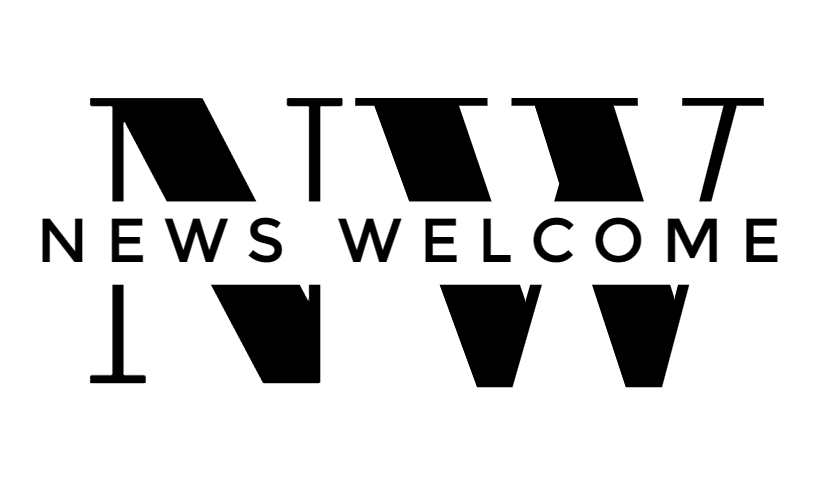The crypto market is in the midst of a hot argument concerning stablecoins, with Tether (USDT) at the center after negative comments by JPMorgan Chase experts. Their report paints Tether’s strong position in a bad way and Tether’s CEO, Paolo Ardoino, has strongly disagreed. This clash could change how we think about digital money and keeping finances safe.
The JPMorgan Report: A Critical Overview
In a detailed analysis circulated to its clients, JPMorgan Chase raised concerns over the growing influence of Tether in the stablecoin market. The report specifically highlights:
- The risk posed by Tether’s dominance amidst a shifting regulatory environment in key markets like Europe and the United States.
- Allegations of Tether’s insufficient regulatory compliance and transparency, factors deemed crucial for the health of the broader crypto ecosystem.
Tether’s Counter: Defending Its Corner
Tether’s response to JPMorgan’s critique was swift and pointed. CEO Paolo Ardoino defended the company’s practices, emphasizing its role in the crypto market’s infrastructure and its contribution to the ecosystem’s liquidity and stability. Ardoino’s response underlined:
- Tether’s pivotal role in underpinning assets like Bitcoin, highlighting its investment in the primary cryptocurrency as a sign of its commitment to the market.
- The hypocrisy Ardoino perceives in JPMorgan’s critique, given the bank’s own market dominance and concentration.
- The assertion that Tether’s market leadership has not been detrimental to the market dynamics that require its stability and reliability.
Understanding Stablecoins: The Role of Tether
Stablecoins such as Tether act as a link between the old-style finance system and the new, growing cryptocurrency scene. They’re made to combine the steady features of regular money with the perks and new ideas of digital currencies. Tether, especially, has been crucial for crypto markets by giving buyers and sellers a consistent way to handle deals and keep their money safe despite the usual ups and downs of cryptocurrency prices.
The Regulatory Landscape: A Balancing Act
There’s increasing attention on Tether and similar stablecoins as worldwide regulators try to catch up with the fast changes in the world of cryptocurrencies. Laws in the US and Europe are being written to make sure these currencies are open, steady, and follow the rules without killing off new developments. This is a big deal for Tether since it has to comply with international rules while trying to stay at the top of the market.
Table: Tether at a Glance
| Attribute | Detail |
| Market Share | Approximately 71%, making it the largest stablecoin by market capitalization. |
| Financial Health | Reported $97 billion in assets against $92 billion in liabilities as of the latest attestation. |
| Regulatory Engagement | Active efforts to engage with and educate global regulators on the crypto market. |
Market Reactions and Future Implications
This conflict between Tether and JPMorgan Chase highlights deeper talks in finance about blending traditional money with cryptocurrencies. As things keep changing, stablecoins will continue to play a key role. The result of this argument could greatly affect how rules are made, how the market acts, and how old-school banks and new crypto businesses find their place.
Conclusion
As the crypto business grows up, the conversations about who controls stablecoins, sticking to regulation, and keeping things on the level keep going. As the health of the market grows more crucial, Tether’s clash with JPMorgan Chase underscores the challenges facing an emerging sector straddling innovation and regulation. These debates are set to influence the direction of digital finance in the times ahead.

Celine Brooks is a renowned journalist and author specializing in cryptocurrency and blockchain technology. She holds a Master’s degree in Economics from Harvard University and is very passionate about Crypto. Celine regularly hosts webinars and workshops, sharing her insights and forecasts about the evolving digital currency landscape. She is also an active contributor to several leading financial and tech publications, where she breaks down complex crypto trends into understandable insights for everyday investors.

